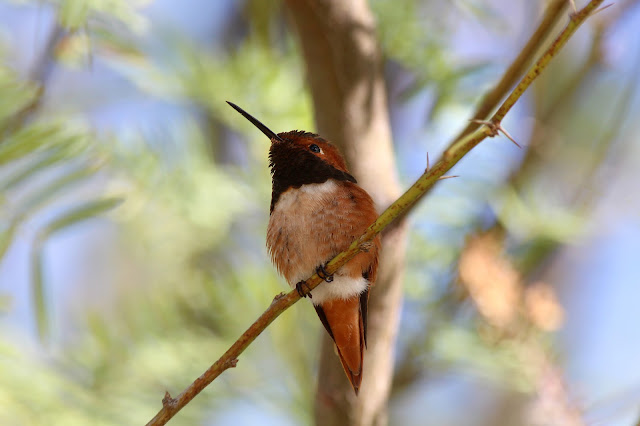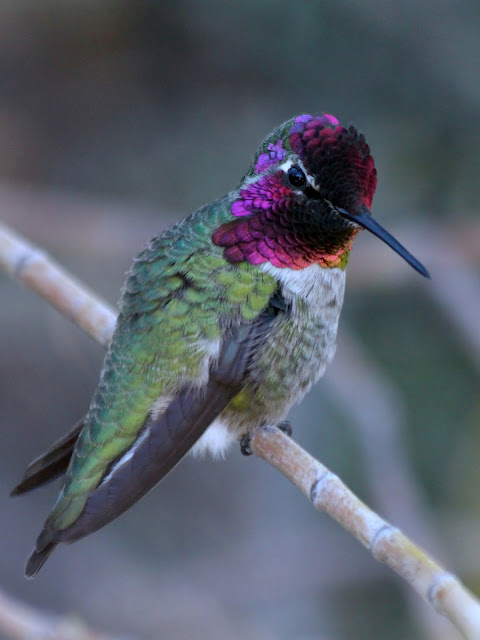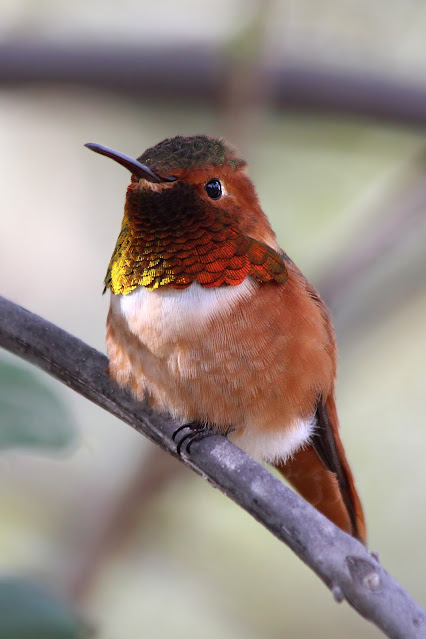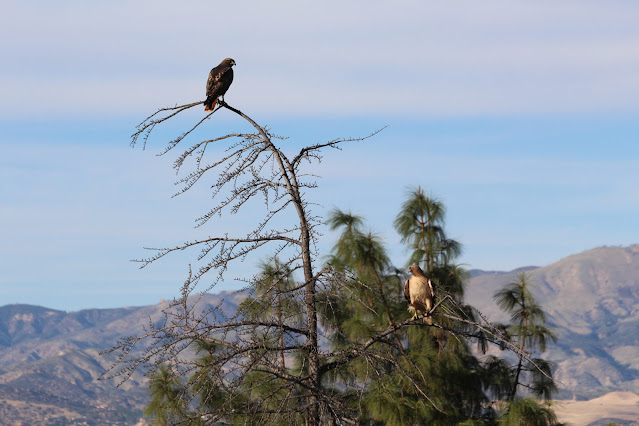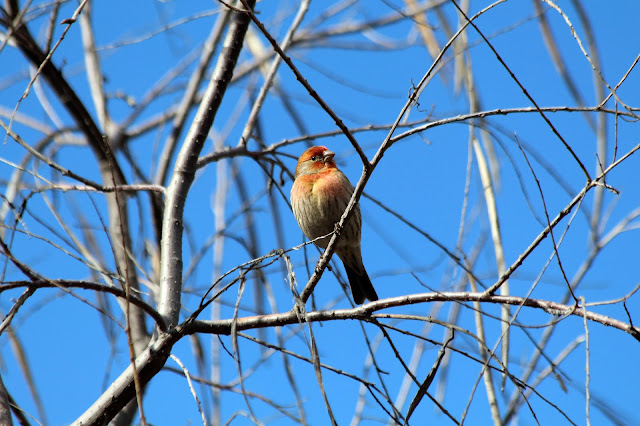The full story behind my Once Upon a Walk Report can be found here. In what became mostly a project to clean up the hard drive where there were 22 folders of images, much of which were taken during walks, it has also become a project calling for analysis of my general frame of mind, gaining insights into a more personal appreciation by analyzing past mistakes and successes. Not only was I looking at photos from years gone past but I was also engaging in reflection and introspection of those specific moments and the general disposition, thoughts and emotions surrounding those moments. Looking back on positive experiences and fostering gratitude for the gifts in my life.
We celebrated a holiday just a couple of days ago called Thanksgiving. I think a lot gets lost regarding the significance of certain holidays, especially in America. The intrinsic essence of Thanksgiving and giving thanks is gratitude. It's the recognition and appreciation of the good things in our lives, big and small. It's a conscious effort to shift our focus from what we lack to what we have.
The following images were taken from October 13, 2018 to February 21, 2019. There were a few other realizations that took place in looking at photos spanning several months at once. One thing I realized was regarding a particular hummingbird I named, Rusty. Somewhere shortly before all this and I could look back and probably figure it out, I had discounted the male Selasphorus sasin (Allen's) hummingbird you'll see below as not being Rusty. I sort of recall talking myself out of it at the time because of a gap in time, maybe we were in between molts or something but I mainly recognize certain birds because of their behaviors and the territory they possess. If I don't see them regularly enough I might lose track. Anyway, most of the pictures below of a male Allen's hummingbird are Rusty. Selasphorus sasin typically lives for about five years. I've mentioned before that one here at home was around for over four years (it took me awhile to realize it). I think Rusty hung around this particular botanical garden for about the same amount of time.
These pictures appear mostly in the order in which they were taken.
I believe I've mis-ID'ed this woodpecker before. This is a Nuttall's woodpecker (Dryobates nuttallii or Picoides nuttallii). "Dryobates nuttallii" and "Picoides nuttallii" both refer to the same bird, the Nuttall's Woodpecker but they represent different classifications within the woodpecker family, with "Dryobates" being a more recently preferred genus compared to the older "Picoides" - essentially, it's a matter of taxonomic revision. Some egoist naturalist named Thomas Nuttall named the bird after himself in 1843.
The great egret (Ardea alba), also known as the common egret, large egret, or great white egret or great white heron. This particular bird was moving rather stealthily while hunting lizards.
A male Allen's and a female Allen's hummingbird.
Male Anna's hummingbird in a eucalyptus tree. There might be a few series of images that may seem redundant (because they are) but this was me sitting down over several (!) sessions sorting through 1,000s of photos and sometimes not able to make up my mind, or I wanted to to save several images, or I forgot where I was at and right now I just want to load images because this entire process has gone on entirely too long.
I will ID Rusty here, just this one time. One other thing about this bird. I have generally found it difficult to get close to and be able to spend time with Allen's hummingbirds, not Rusty though. For the most part Anna's hummingbirds are much more approachable.
What? I meant to do that.
Right after this shot it crashed into another tree. My photo was a complete blur.
The desert cottontail (Sylvilagus audubonii), also known as Audubon's cottontail. John James Audubon, another jerk who either named animals after himself of somebody else did. Beautiful artwork but the guy was a total jerk. Google it. Pretty bunny though.
The first two, the background lighting is a little different. You decide.
Banksia oblongifolia, commonly known as the fern-leaved, dwarf or rusty banksia. This large shrub is prominent in many of the pictures in this post.
Docken and I both observed this grumpy bird, AKA, California towhee (Melozone crissalis), collecting twigs and other bits of shrubbery for its nest. Nests are typically found in low branches or shrubs about 0.5 to 4 m (1 ft 8 in to 13 ft 1 in) above ground. The nest is a bulky cup made of twigs, stems, grasses, and hair, and is constructed by female towhees.
In between...
We were pretty sure her nest was in there somewhere.
Up on the top of the hill. We found red-tailed hawks. This was a particularly great day for soaring.
Female Anna's hummingbird beak deep on an aloe flower.
It's rare for me to get a pair of red-tailed hawks in a shot together and relatively in focus. I believe the female is on the left.
and he was quite aware of my presence.
This female Calype anna was a regular for quite some time. In fact I would sometimes go straight to these shrubs upon entering the garden because she was a sure bet for some pictures.
These next shots of the same female Anna's hummingbird aren't especially great but there's a drop of rain water on her head and even when she took a couple of short hops up the branch it was still there. While reviewing these images it made me laugh. There hasn't been a whole lot lately that's made me laugh so I appreciated it.
The following day.
Hats off to these guys. But you know, this is part of a socialist system paid for through taxes...
These are Canada geese except a lot of them pretty much hang out in SoCal these days. In the first shot, you see that small blob to the left and slightly above the lowest goose's tail? Is that a poop from one of the other geese? You see how the bottom goose is looking up as if to file a complaint?
Maybe that was a call to restructure the flight pattern.
Aloe suprafoliata.
Acacia fimbriata.
Personally, I'd rather take a ride in the blimp than choose the Carnival cruise.
At home, dear Stan. I so very much miss this cat.
Red-tailed hawk.
Another desert cottontail.
Corvus corax, the common raven. I don't know why we have to demean animals like that. Don't get me started on "common humans."
She's back! My Glob, this post is going on forever.
How about a bee on some grevillea flowers. Is it warming up? Are more flowers about to appear?
Breathe in, breathe out.
Yep, a house finch. It's a pretty bird. They're everywhere.
Okay, let's take a break at home. After a rain. The wild flowers were starting to bloom. I was itching to go outside and take some "artsy" close-ups. Oxeye daisies ((Leucanthemum vulgare) and Dimorphotheca sinuata, the glandular Cape marigold, Namaqualand daisy, or orange Namaqualand daisy. There would be billions of these soon.
Meanwhile, lurking all around, one of my nemesis plants, Erodium cicutarium, also known as common stork's-bill, redstem filaree, redstem stork's bill or pinweed. I would pull these out by the armfuls.
Bees on acacia flowers.
Our little female Calypte anna friend looks well fed this day or perhaps she's carrying an egg or two?
This is the same desert cottontail as depicted in the first bunny image.
This is an immature male Allen's hummingbird.
Female Calypte anna.
The pedestrian push button to activate a walk signal at this crosswalk. This was a little strange. It wasn't just these two bees, there were several.
Grevillea laevis. When this first went in at the local botanical garden I took note of it, thinking it might be nice at home. Then it got huge and latter it became massive. I don't have a lot of room for either huge or massive plants at home.
The final hummingbird shots of this post. Yay! I'm sorry but I can't handle sitting for very long.
Variegated meadowhawk (Sympetrum corruptum) dragonfly.
Blue marine (Leptotes marina) butterfly on a Calliandra californica, the Baja fairy duster.
Southwestern fence lizard.
Gray hairstreak (Strymon melinus) butterfly.
Back to the Blue marine.
The fall armyworm (Spodotera frugiperda). Very destructive little creatures. I had never seen one before this one munching away on the fountain plants.
Again with the Variegated meadowhawk.
A red-tailed hawk and another one being chased by a northern mockingbird.
A couple of sunset shots from a nearby hill.
This is that same desert cottontail.
One of my two donkey friends. I hadn't been able to get this close in a long time.
And finally another red-tailed hawk on the fly.
This song is a commentary on self-imposed ignorance. It seems appropriate considering some recent events.





























